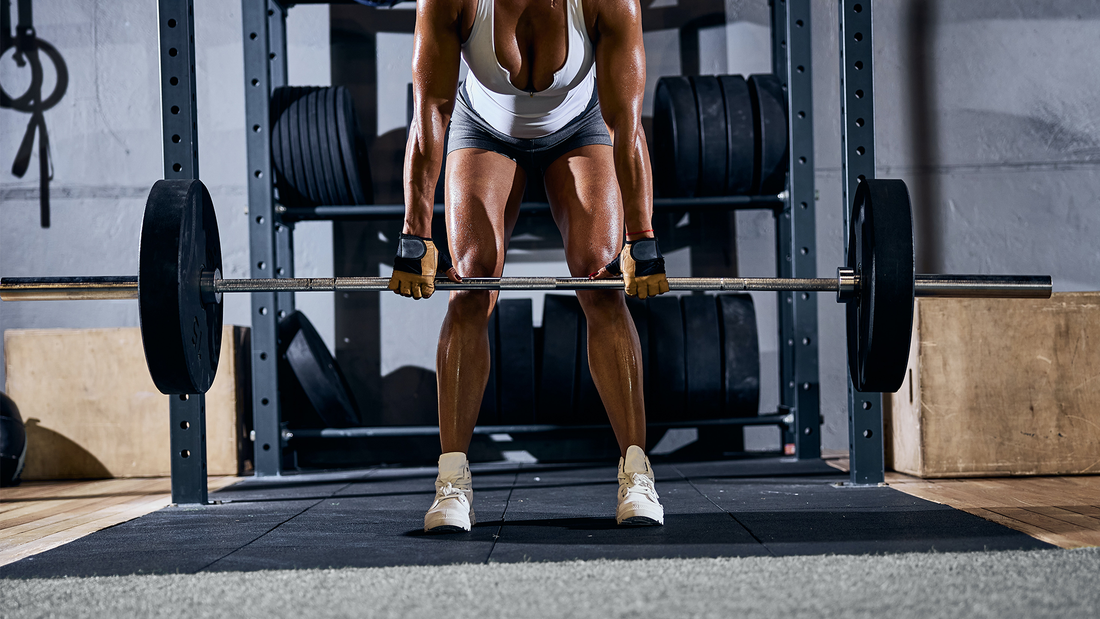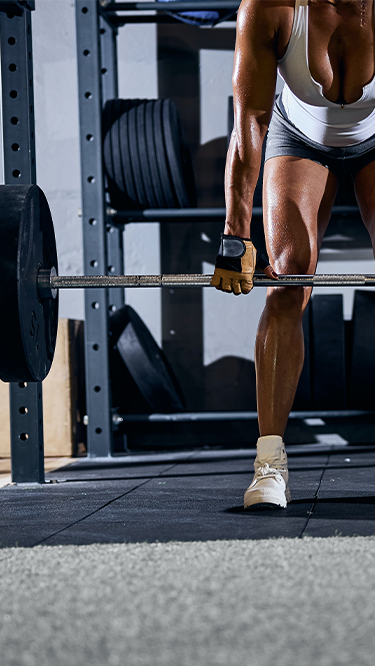

8 Benefits of Unilateral Training
Bilateral exercises such as squats, deadlifts, and bench presses offer full-body engagement and muscle growth across your entire body. They are a staple of many fitness routines, while the numerous benefits of unilateral training do not get as much attention.
Unilateral training works one arm, leg, or side of the body at a time. The many benefits of unilateral training include improved core stability and better functional strength. ZOZOFIT breaks it down here for you.
8 Benefits of Unilateral Training
Here are eight ways unilateral training can get you in better shape.
1. Core Stability
Bilateral exercises may engage your core, but unilateral exercises take it to another level. For example, when you perform single-leg squats or single-arm dumbbell presses, your core has to work harder. This also improves your stability and balance.
2. Functional Strength
Real life is less bilateral than people may think. A simple example is carrying grocery shopping bags. Many people grip all of the bags in one hand. Another is going up or down the stairs, climbing or descending one leg at a time. The same idea applies to getting in and out of a car.
Even with running, you work your legs differently at the same time. Unilateral training (such as lunges and single-leg squats) can boost your leg strength and your overall stability. Here are more examples of how the benefits of unilateral training can help you function in everyday life:
- Lifting and carrying kids: Gotta carry your child (or children) around a lot? That can quickly identify gaps in your fitness training. Fortunately, unilateral work can improve your core stability and develop your muscles to help you better handle your kids.
- Playing sports: Swinging a golf club, throwing a baseball, bowling a ball, and kicking a soccer ball all involve unilateral movements. Training can help immensely with strength and coordination.
- Performing chores: Vacuuming and mopping can take a physical toll, and unilateral exercises can help.
- Gardening: Raking, planting, and digging can be hard on the body.
- Getting up: Raising yourself from a chair, couch, or toilet may get difficult.
3. Rehabilitation
Unilateral exercises can improve your functional strength and help you more confidently reach high shelves, maintain posture, and walk. They can be a great help for seniors working to address balance issues and reduce fall risks. Similarly, they can be an asset for people recovering from strokes or other injuries or illnesses.
4. Balance
The benefits of unilateral training include the ability to address muscle imbalances between the right and left sides of the body. Bilateral training works both sides of the body, but one side still tends to be dominant.
Unilateral training can compensate for this imbalance. That’s important because imbalances can decrease functional performance, increase the risk of injury, and cause bad posture.
For example, parents with multiple children might struggle to carry a child on their less dominant side while carrying the other child fine on the dominant side. If this happens enough, it can cause severe strain on the back, shoulders, and other parts of the body. Unilateral work can do wonders for this issue.
5. Range of Motion
Many unilateral exercises demand a greater range of motion than their bilateral equivalents. The unilateral Bulgarian split squats are an example. Your hips and knees must move more than they do in a regular squat. What this means over time is more flexibility and less joint stiffness.
6. Injury Prevention
The benefits of unilateral training let you improve your core and the stabilizer muscles around your joints. These exercises can prevent injuries such as sprains and strains and may especially assist athletes and people who work out regularly.
7. Greater Progress
Unilateral routines can help you bust through a plateau or a period of boredom. You may have hit a wall of sorts with bilateral exercises, but you can continue moving forward with unilateral training. Your muscles should love the new challenges, and the exercises may stimulate new growth. Track your progress to see these gains in strength and muscle development.
8. Flexibility and Convenience
There are no extra hoops to jump through with unilateral training. Whether you’re at home, at work, or on the road, you can get in your reps using your body weight, resistance bands, dumbbells, and household items.
As far as household items go, laundry detergent bottles, filled backpacks, water jugs, books, and bags of rice are examples of what you can lift one hand and arm at a time. You can use rugs or towels to create a sliding surface for sliding lunges and use the edge of your couch for split squats and single-leg lunges. Do check that anything you use for stability is, well, stable and safe.
Why Focus on Unilateral Training
The benefits of unilateral training are numerous no matter what and add variety and spice to workout routines. However, some people wonder if they particularly need to focus on this type of training. Here are some reasons why these exercises are recommended:
- History of injuries on one side of the body: Unilateral training can help prevent future injuries and help with the rehabilitation of existing issues. You get to focus on the weaker side instead of letting your stronger side overcompensate.
- Differences in strength or size between the left and right sides: The biceps on one of your arms may be noticeably bigger, or you’re able to lift more with one arm than the other. Unilateral work can bring more harmony to your body.
- Struggles in everyday activities: If you have issues with walking, using the stairs, or lifting items, unilateral exercises could do wonders.
- Weak core: The signs of a weak core include lower back pain, poor balance, poor posture, and problems standing for longer periods of time. Try unilateral training to engage your core more.
Benefits of Unilateral Training: Monitor Your Progress
You can see the benefits of unilateral training in real time when you track your progress. The ZOZOSUIT and the companion ZOZOFIT app offer 3D body scanning so you can monitor metrics such as your right/left symmetry balance and muscle growth. Learn more about ZOZOFIT today.

![zf-w-[168px] zf-h-[40px]](http://zozofit.com/cdn/shop/t/15/assets/logo-desktop.png?v=117713855448369080381753069598)


